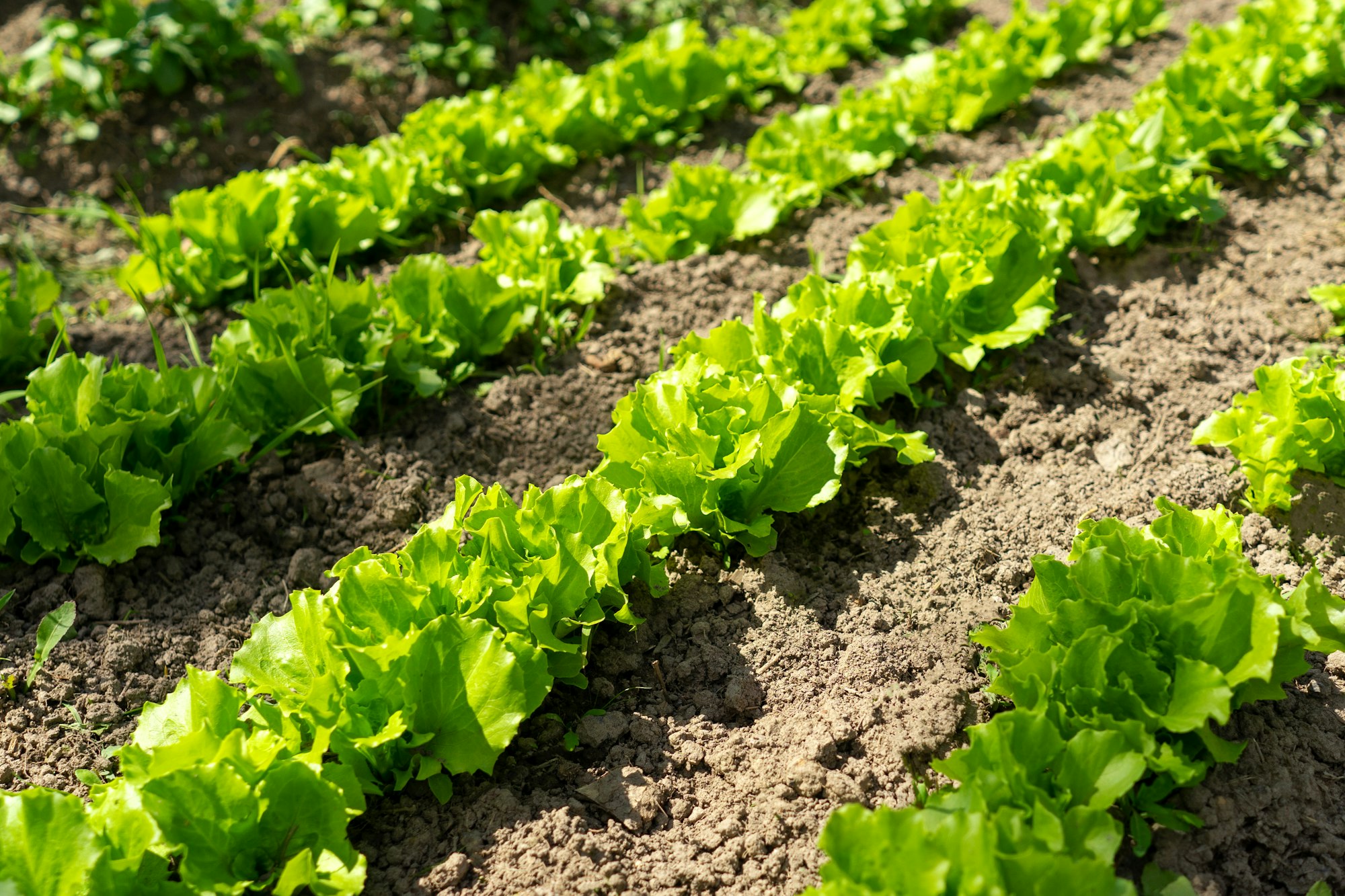Transform your kitchen garden with innovative gardening beds that blend functionality and creativity. Discover how raised beds, vertical solutions, and stylish containers can enhance your growing space, making gardening accessible and enjoyable regardless of size. This exploration unlocks new possibilities for urban gardeners and anyone looking to boost their home-grown yield while elevating their garden’s aesthetic charm. Let’s delve into these exciting options for modern gardening!
Innovative Gardening Bed Designs for Kitchen Gardens
Raised garden beds are a game-changer for kitchen gardens, offering enhanced soil quality and drainage. They are particularly beneficial in regions with short growing seasons, as they retain heat effectively. Various materials, such as galvanized tubs and cinder blocks, provide both durability and cost-effectiveness. For those seeking creative solutions, repurposed items like wooden toy boxes and pallets can add an aesthetic touch while being environmentally friendly.
Sujet a lire : Which Drought-Tolerant Grass Varieties Are Best for a UK Lawn?
Vertical gardening solutions are invaluable for maximizing space in urban kitchens. These designs allow you to cultivate a wide variety of plants, from herbs to vegetables, without requiring a large footprint. Vertical systems, like wall-mounted planters or stackable pots, not only save space but also create a visually appealing green wall, enhancing your garden’s aesthetic.
Container gardening ideas further expand the possibilities for kitchen gardens. Using containers such as the BACSQUARE Raised Garden Bed from BACSAC : https://bacsac.com/gb/shop/65-raised-garden-beds.html, you can grow plants in versatile and portable setups. These containers are ideal for urban settings, allowing you to relocate plants for optimal sunlight and seasonal changes. This adaptability makes container gardening a practical and stylish choice for any kitchen garden.
A lire aussi : How to Establish a Successful Fruit Orchard in the Windy UK Coastal Areas?
Step-by-Step Setup and Recommended Materials
Essential Materials for Building Innovative Gardening Beds
Creating innovative gardening beds begins with selecting the right materials. Galvanized tubs and cinder blocks are popular for their durability and heat retention. For a sustainable approach, consider repurposing items like wooden toy boxes or pallets, which add an eco-friendly charm. Large fieldstones can be used creatively, though they require effort to move. For an elegant touch, metal kits from Edge Right offer stylish solutions that support tall trellises.
Step-by-Step Instructions for Setting Up Different Types of Beds
To set up a raised garden bed, start by choosing a sunny location. Arrange cinder blocks or galvanized steel fire rings to form the bed’s outline. Fill the base with a layer of cardboard or newspaper to suppress weeds, followed by a mix of quality soil and compost. For vertical gardens, use stackable pots or wall-mounted planters, ensuring they are securely fastened. This setup maximizes space and enhances aesthetic appeal.
Recommended Efficient Watering Systems for Kitchen Gardens
Efficient watering systems are crucial for maintaining healthy garden beds. Drip irrigation is a sustainable choice, delivering water directly to the roots and minimizing waste. Self-watering planters are ideal for busy gardeners, maintaining consistent moisture levels. Consider installing a rainwater collection system to further support your garden’s water needs, promoting an environmentally conscious gardening practice.
Plant Selection and Maintenance for Maximum Yield
Selecting the Best Plants for Container and Raised Beds
Choosing the right plants for container and raised beds is crucial for a thriving kitchen garden. Opt for compact, high-yield varieties like cherry tomatoes, basil, and lettuce, which flourish in smaller spaces. These plants adapt well to the confined environments of containers and raised beds, ensuring a productive harvest.
Strategies for Maximizing Yield in Kitchen Gardens
Maximizing yield involves strategic planning and care. Implement companion planting techniques to enhance growth and deter pests. Pairing plants like carrots and onions can improve flavour and reduce pest issues. Additionally, ensure your garden receives adequate sunlight by positioning taller plants to avoid shading shorter ones, thus optimizing photosynthesis.
Importance of Crop Rotation and Seasonal Planning for Sustainable Growth
Crop rotation is vital for maintaining soil health and preventing disease. By alternating plant families each season, you reduce the risk of soil-borne pathogens. Develop seasonal vegetable garden plans to align with your local climate, ensuring plants thrive in their optimal conditions. This practice not only sustains soil fertility but also enhances overall garden productivity.











